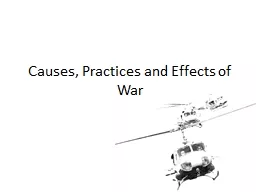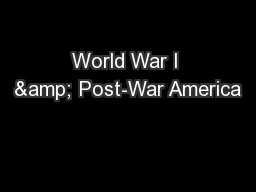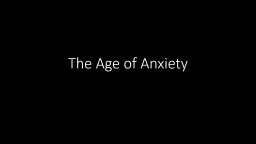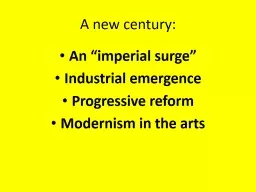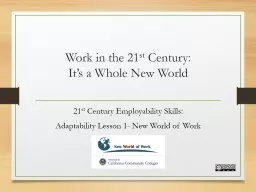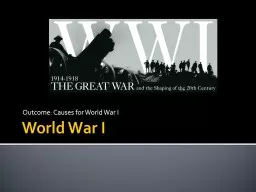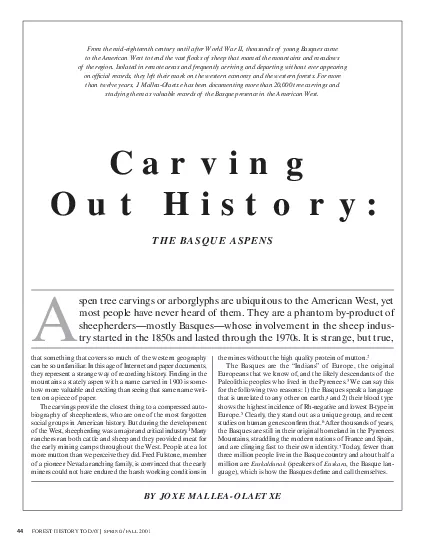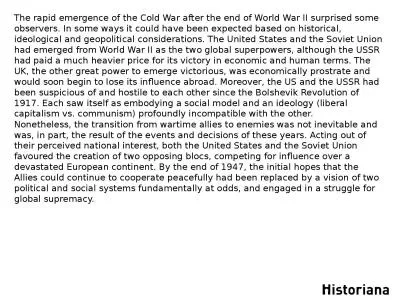PDF-From the mideighteenth century until after World War I
Author : min-jolicoeur | Published Date : 2015-05-12
Isolated in remote areas and frequently arriving and departing without ever appearing on of64257cial records they left their mark on the western economy and the
Presentation Embed Code
Download Presentation
Download Presentation The PPT/PDF document "From the mideighteenth century until aft..." is the property of its rightful owner. Permission is granted to download and print the materials on this website for personal, non-commercial use only, and to display it on your personal computer provided you do not modify the materials and that you retain all copyright notices contained in the materials. By downloading content from our website, you accept the terms of this agreement.
From the mideighteenth century until after World War I: Transcript
Download Rules Of Document
"From the mideighteenth century until after World War I"The content belongs to its owner. You may download and print it for personal use, without modification, and keep all copyright notices. By downloading, you agree to these terms.
Related Documents




